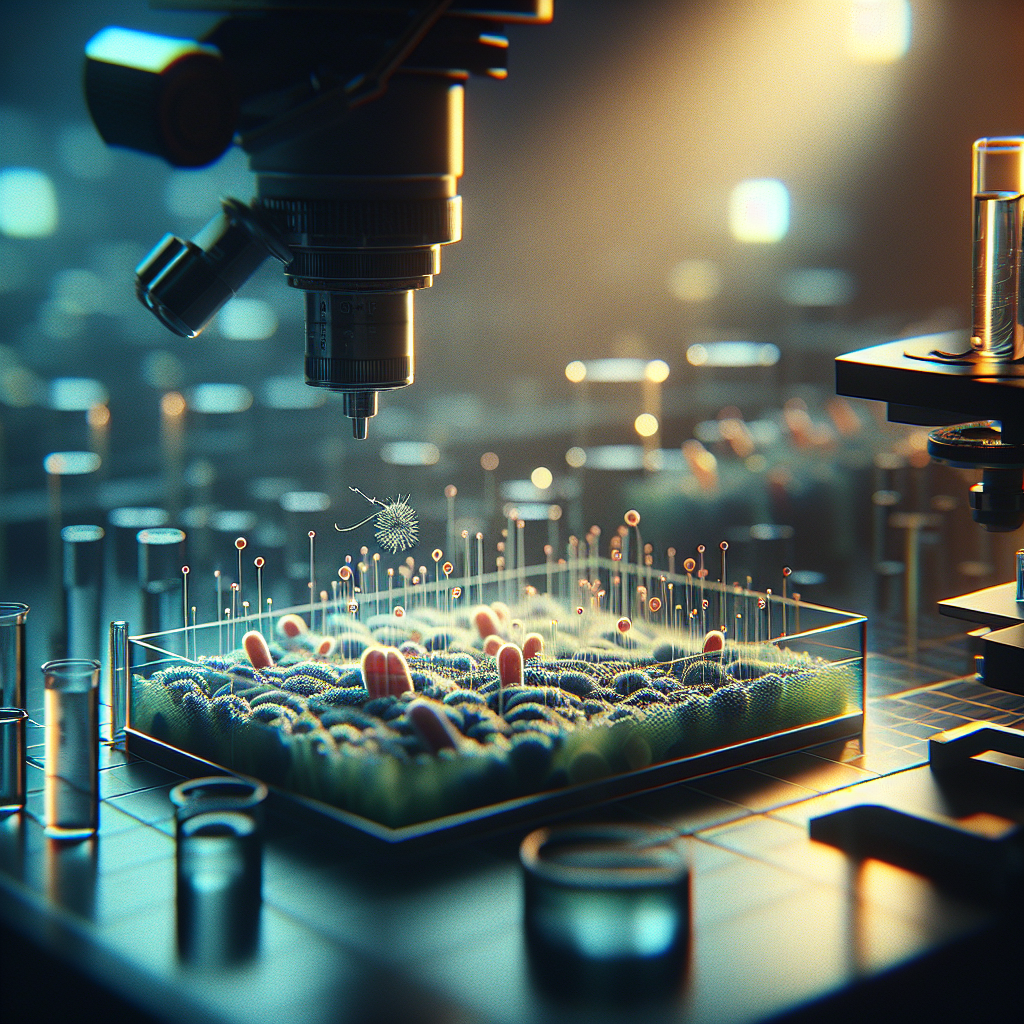Innovative Technique Identifies Microbial Contamination in Cell Cultures
Innovative Technique to Detect Microbial Contamination in Cell Cultures
Scientists have developed a groundbreaking technique to identify microbial contamination in cell cultures. This innovative method promises to enhance the accuracy and efficiency of contamination detection, thereby improving the quality and reliability of biological research and pharmaceutical production.
Understanding the New Technique
The new technique uses advanced sequencing technology to detect the presence of microbes in cell cultures. Unlike traditional methods, this approach can identify even low levels of contamination, making it a powerful tool for ensuring the purity of cell cultures.
Benefits of the Innovative Method
-
Increased Accuracy: The new technique can detect even minute levels of microbial contamination, significantly improving the accuracy of detection.
-
Enhanced Efficiency: The method is faster and more efficient than traditional techniques, saving valuable time and resources in research and production.
-
Improved Quality Control: By ensuring the purity of cell cultures, the technique can enhance the quality and reliability of biological research and pharmaceutical production.
Implications for the Future
The innovative technique has the potential to revolutionize the field of cell culture. By improving the detection of microbial contamination, it can enhance the quality of research and production, leading to more reliable results and safer, more effective products. The method could also pave the way for further advancements in the field, opening up new possibilities for scientific discovery and innovation.
Conclusion
In conclusion, the new technique for detecting microbial contamination in cell cultures represents a significant advancement in the field. By improving the accuracy and efficiency of detection, it promises to enhance the quality and reliability of biological research and pharmaceutical production. As such, it holds great promise for the future, potentially leading to new discoveries and innovations in the field.













